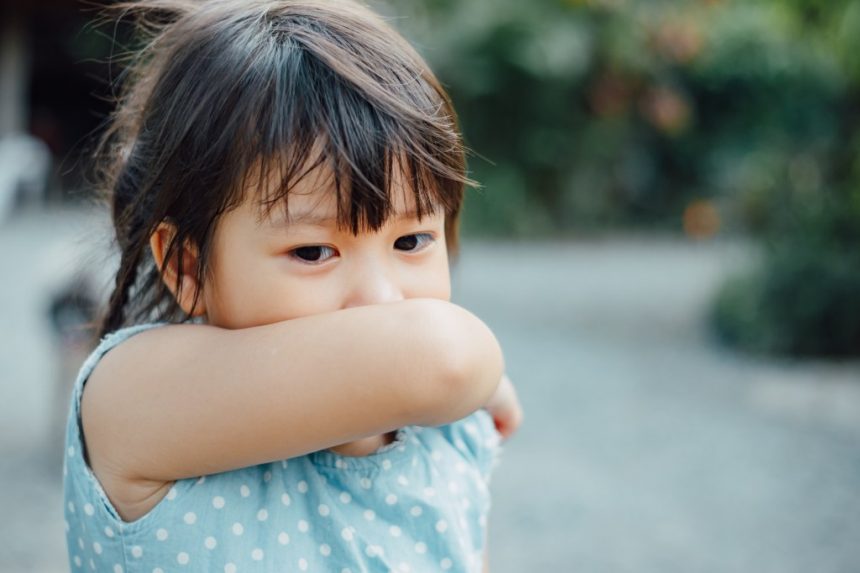As a doctor and a mother, I have been closely monitoring the recent surge in whooping cough cases across the country. The CDC reports a threefold increase in cases compared to this time last year. With two young children getting ready to go back to school, I am concerned about the seriousness of this contagious illness and the impact it can have on children’s health.
Serious Health Threat
Whooping cough, also known as pertussis, poses a significant risk to infants and young children. The disease progresses through three stages:
Catarrhal stage: Similar to a common cold with runny nose, mild cough, and possibly a low-grade fever.
Paroxysmal stage: Characterized by intense coughing fits, often ending with the distinctive “whoop” sound as the child struggles to breathe in.
Convalescent stage: Gradual recovery, though coughing may persist for weeks.
It’s crucial to recognize that symptoms can vary, especially in infants who may not exhibit the typical “whoop” but could experience life-threatening breathing pauses. Whooping cough can severely impact a child’s ability to breathe, leading to distress for both the child and their caregivers. The violent coughing fits accompanied by vomiting and exhaustion can leave children vulnerable and weak.
In severe cases, especially in infants, whooping cough can even be fatal.
Adding to its danger is the high contagiousness of the disease, easily spreading through coughs, sneezes, or close contact. This combination of severe symptoms and rapid transmission makes whooping cough a significant threat to children’s health and well-being.
Whooping Cough Resurgence
Once believed to be nearing eradication due to extensive vaccination efforts, whooping cough is now experiencing a resurgence to pre-pandemic levels. This concerning trend is influenced by factors such as decreasing vaccination rates, partly due to pandemic-related mistrust leading some parents to defer or skip vaccinations.
Diagnostic delays also play a role, as symptoms of early pertussis, COVID-19, and cold/flu overlap, potentially causing delays in diagnosis and treatment.
Prevention and Protection
Several effective measures can shield children from whooping cough. Vaccination is the primary defense, with the DTaP vaccine recommended for children under seven and the Tdap for older children and adults. Pregnant women should receive the Tdap vaccine during each pregnancy to safeguard newborns in their critical early months.
Infants can receive additional protection through cocooning, where family members and caregivers who will be in close contact with newborns are vaccinated and up-to-date with their Tdap boosters.
Alongside vaccination, educating children on proper hygiene practices like handwashing and cough etiquette is essential. Stay informed by communicating with your child’s school about vaccination policies and potential outbreaks.
On a Personal Note
As both a doctor and a mother, I recognize that each family must make decisions that align with their beliefs. To protect my children, I have chosen to vaccinate them. Witnessing the impact of diseases like whooping cough on children is heart-wrenching, and I urge parents to trust their instincts when safeguarding their children’s health.
If you suspect whooping cough, seek medical attention promptly. Early diagnosis and treatment are vital in managing this severe illness. Keeping sick children at home, informing schools and other families about possible exposures, and working together to maintain community health can help navigate this challenging time and ensure our children’s safety and well-being.
Before you go, check out these products to alleviate your children’s cold and flu symptoms:








